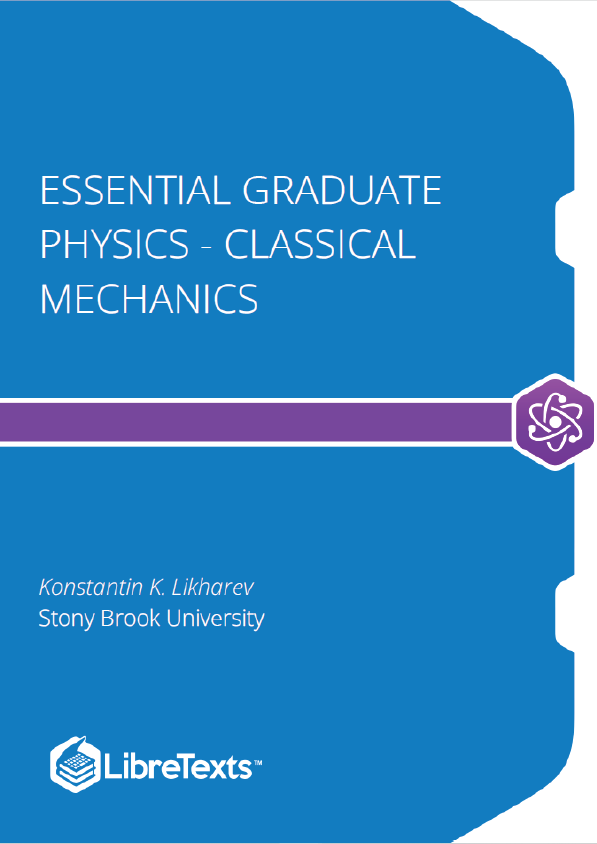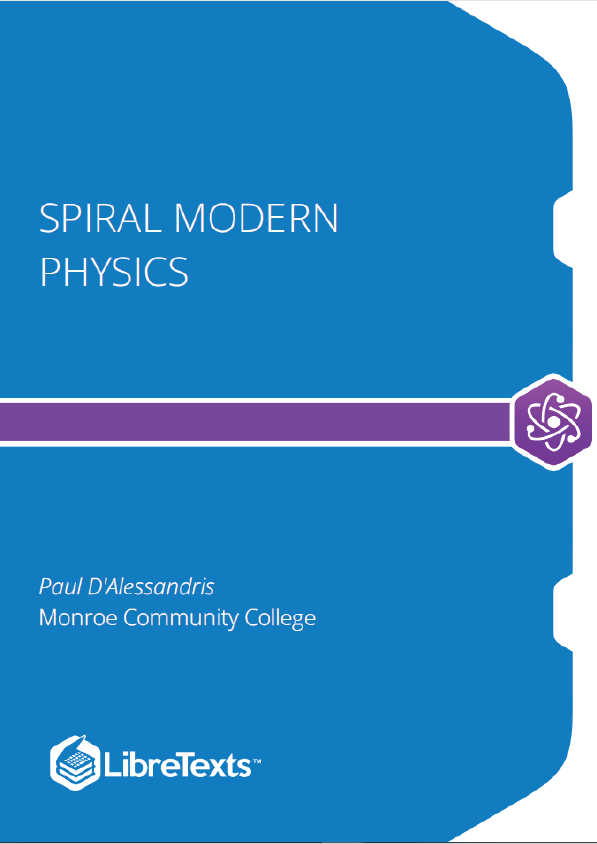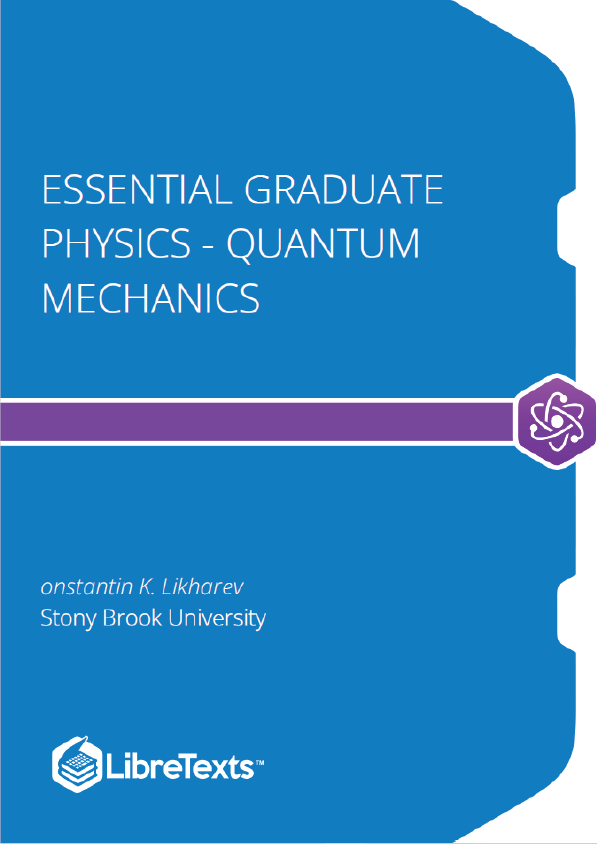The course begins with an introduction to the Calculus of Variations, and Hamilton’s Principle. Next we go to material covered in the last chapter of Landau, the Hamilton-Jacobi formalism that makes clear the intimate connection between classical mechanics and quantum mechanics. (The students are taking quantum simultaneously, so this works well in helping appreciation of classical mechanics, for example how least action is a limit of the sum over paths, and how classical adiabatic invariants are immediately understandable from a quantum perspective.)
The rest of the course follows the sequence of the book, beginning with Keplerian orbits, which we cover in more detail than Landau. (Perhaps his students were already familiar with this material?) Then on to small oscillations, but including some interesting nonlinear systems, for example parametric resonance, and the ponderomotive force. Landau treats these analytically, using perturbation theory-type approximations. The last part of the course covers rotational motion: free body, tops, nutation, Coriolis, etc.
We have added some material using the direct Newtonian vectorial approach to Newtonian mechanics (as opposed to the Lagrangian formulation),following Milne. In discussing orbits, we derive Hamilton’s equation, a very quick route to the Runge- Lenz vector. At the end of the course, we give Milne’s elegant analysis of a ball rolling on a tilted rotating plane. The surprising cycloidal path can be derived in a few lines from Newton’s equations. (It’s tough to do this nonholonomic problem using Lagrangian methods.)
What is the shape of a chain of small links hanging under gravity from two fixed points (one not directly below the other)? The word catenary (Latin for chain) was coined as a description for this curve by none other than Thomas Jefferson! Despite the image the word brings to mind of a chain of links, the word catenary is actually defined as the curve the chain approaches in the limit of taking smaller and smaller links, keeping the length of the chain constant. In other words, it describes a hanging rope. A real chain of identical rigid links is then a sort of discretization of the catenary.
We’re going to analyze this problem as an introduction to the calculus of variations. First, we’re going to solve it by a method you already know and love—just (mentally) adding up the forces on one segment of the rope. The tension is pulling at both ends, the segment’s weight acts downwards. Since it’s at rest, these three forces must add to zero. We’ll show that writing down the balance of forces equation gives sufficient information to find the curve of the chain meaning height above ground as a function of horizontal position . So we understand the mechanics of the problem.
But next we take a completely different approach: we assume the shape of the chain is described by an arbitrary function , required to go between the two fixed endpoints and to have total length equal to that of the (assumed inextensible) rope, and we work out its gravitational energy. We know, of course, that the true curve the rope settles into will be the one of minimum potential energy. The rope is at the bottom of a multidimensional potential well. This means that any slight variation from this minimum shape will only affect the potential energy to second order, in precise analogy with a slight change in position of a particle at the minimum point of a potential energy well.
So the technique, called the Calculus of Variations, is to find where the derivative of the potential energy with respect to variations of this curve becomes zero—that will be the minimum energy configuration we’re looking for. Conceptually, this is a lot more complicated than ordinary differentiation with respect to one, or a few, variables. We’re varying a whole function. This is why it’s was worth solving the problem using traditional statics to begin with—it reassures us that the variational approach works.











